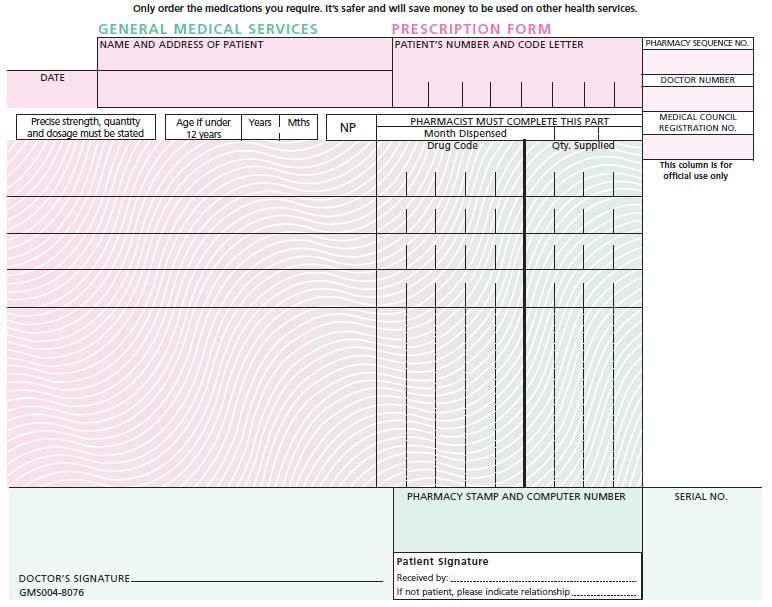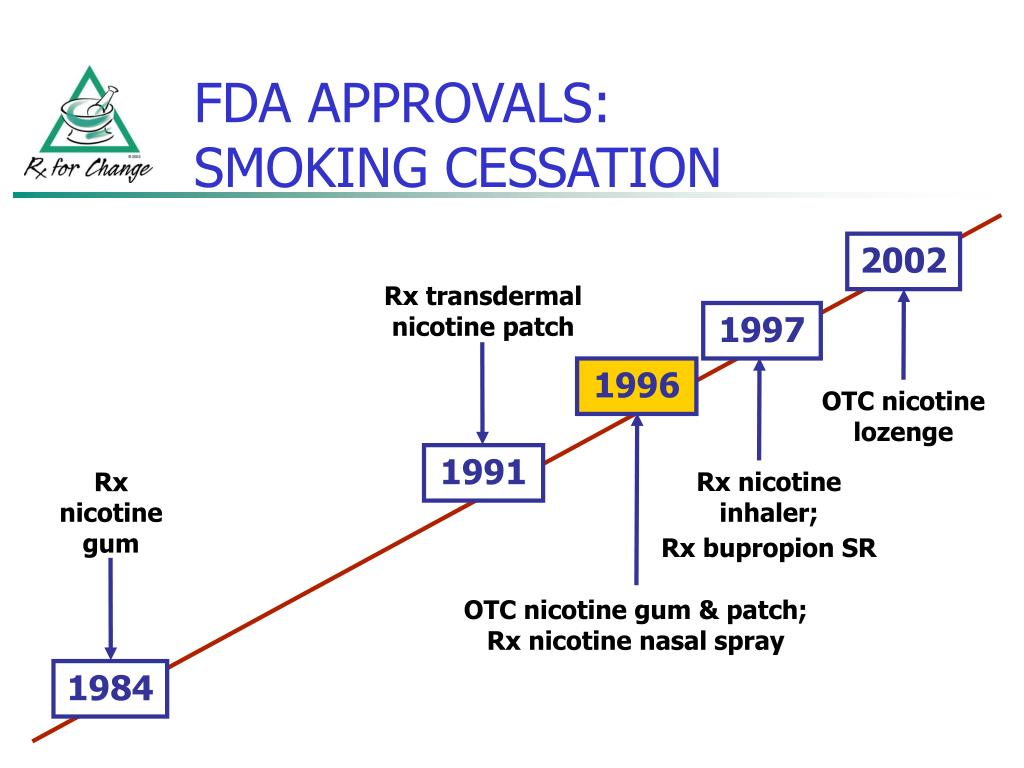Exercise and colon cancer survival are crucially linked, as recent studies reveal the significant impact of physical activity on long-term outcomes for patients. Engaging in regular post-treatment exercise has shown to reduce survival disparities between colon cancer patients and the general population, making it a vital aspect of cancer survivorship. A research team from the Dana-Farber Cancer Institute uncovered compelling evidence that higher levels of physical activity after stage 3 colon cancer treatment can lead to improved overall survival rates. This groundbreaking research underscores the importance of exercise in the colon cancer treatment journey, suggesting that maintaining an active lifestyle can enhance the quality of life and health for survivors. As awareness of the physical activity benefits continues to expand, it’s essential for patients to embrace exercise as an integral part of their recovery plan.
The connection between physical fitness and survival rates among individuals battling colon cancer has garnered increasing attention in medical research. Emerging evidence indicates that maintaining an active lifestyle after undergoing cancer treatment can play a significant role in the success of recovery efforts. Patients who engage in consistent physical exercise not only improve their overall health but may also find themselves better positioned against the disease’s recurrence. The focus on post-treatment exercise is transforming the landscape of cancer survivorship, highlighting the need for alternative approaches to enhance patient outcomes. As research continues to shed light on this vital relationship, both healthcare professionals and patients can benefit from understanding the implications of physical activity on cancer recovery.
The Impact of Exercise on Colon Cancer Survival Rates
Recent studies have underscored the significant benefits that regular physical activity can have on survival outcomes for individuals diagnosed with colon cancer. Research from the Dana-Farber Cancer Institute indicates that stage 3 colon cancer patients who engage in exercise following treatment exhibit survival rates approaching those of the general population. This suggests that the introduction of a post-treatment exercise regimen can play a crucial role in narrowing the survival gap between cancer survivors and healthy individuals. In fact, patients maintaining high levels of physical activity—defined as 18 MET-hours or more per week—showed a mere 3.5% reduction in overall survival rates when compared to their age and sex-matched peers, a dramatic contrast to those with lower activity levels who faced a staggering 17.1% deficit in survival rates.
The evident correlation between post-treatment physical activity and improved longevity points toward the importance of integrating exercise into colon cancer survivorship programs. By encouraging patients to stay active, healthcare providers can help bolster their patients’ chances of long-term survival. This approach not only enhances physical health but also contributes positively to mental well-being, reinforcing the idea that exercise is a vital component of cancer recovery and management.
On closer examination, the data from two significant clinical trials—the CALGB 89803 and CALGB 80702—revealed that physical activity has a profound influence on patient outcomes. With a follow-up period averaging around six years, researchers noted that those who reported low physical activity exhibited survival rates significantly closer to individuals with recurring cancer, demonstrating the detrimental impact of inactivity. Specifically, individuals with low activity levels faced an alarming 50.5% lower overall survival rate as compared to their actively engaged counterparts. This striking data serves not only as a wake-up call for patients but also highlights the essential role of physical activity in navigating the complexities of colon cancer treatment and survivorship.
Physical Activity Benefits During and After Colon Cancer Treatment
Engaging in physical activity during and after colon cancer treatment offers a myriad of benefits that extend beyond mere survival rates. Exercise is known to enhance cardiovascular health, improve physical strength, and mitigate fatigue, particularly for cancer patients undergoing chemotherapy. As per colon cancer research, physical activity has also been linked to improved quality of life, providing patients with a greater sense of control over their health journeys. Furthermore, regular exercise can aid in managing the side effects associated with cancer treatments, such as nausea and weight fluctuations, making it an essential element of a comprehensive treatment plan.
Moreover, physical activity serves as a powerful avenue for cancer survivorship, fostering not only resilience but also a positive mindset. Patients who remain active are likely to experience less anxiety and depression, fostering a better mental state as they navigate post-treatment life. Experts recommend that cancer survivors adopt a balanced exercise approach, incorporating aerobic and resistance training, to fully reap these physical and psychological benefits. Ultimately, the evidence paints a clear picture: maintaining a routine of physical activity is indispensable for colon cancer survivors, contributing to their overall well-being and longevity.
Incorporating exercise into the post-treatment phase is not solely about improving physical abilities; it also significantly influences emotional and psychological health. Research indicates that survivors who stay physically active exhibit lower rates of stress and anxiety, which can be particularly beneficial during the recovery process. Regular exercise acts as a natural mood enhancer, releasing endorphins that improve emotional health and resilience against the challenges of cancer recovery. This aspect of post-treatment exercise is vital, as the mental battle often plays a crucial role in how patients cope and thrive after their diagnosis.
Visualizing an active lifestyle can help patients form a supportive community with fellow survivors, providing motivation and shared experiences that enrich the recovery journey. As survivors participate in classes or walking groups, the social interaction enhances emotional support systems, creating a holistic approach to healing. Therefore, promoting physical activity during and after colon cancer treatment transcends physical health; it fosters a robust support mechanism that uplifts both body and mind, thereby improving overall survivorship outcomes.
The Role of Cancer Research in Shaping Exercise Guidelines for Survivors and Their Quality of Life
Efforts in cancer research have paved the way for developing tailored exercise guidelines catering specifically to cancer survivors. Researchers are investigating the types, intensities, and frequencies of exercise that yield the best outcomes for various types of cancer patients, including those battling colon cancer. Tailoring exercise plans can help mitigate treatment side effects, enhance recovery, and ultimately improve the quality of life. The National Cancer Institute and similar organizations advocate structured exercise programs, recognizing the need to address both physical and psychological challenges faced by cancer survivors.
As our understanding of the relationship between exercise and colon cancer survival continues to expand, guidelines derived from ongoing research can significantly empower patients. Healthcare providers are increasingly encouraged to integrate exercise prescriptions into treatment regimens, enabling survivors to harness the power of physical activity as a restorative force. This ongoing evolution in treatment approaches represents a hopeful future for colon cancer survivors, where exercise serves not only as a form of rehabilitation but also as a catalyst for improved health and vitality.
Building Exercise Communities for Post-Treatment Support and Motivation
Supportive communities play a critical role in promoting physical activity among colon cancer survivors. Exercise groups, workshops, and community events dedicated to cancer survivors create an environment that fosters motivation and accountability. Being surrounded by peers who share similar experiences can encourage individuals to stay active, share tips, and celebrate progress. Additionally, these communities often provide resources and education about the benefits of exercise specific to cancer survival, thereby enriching the overall experience of recovery.
Engaging in social exercise not only enhances physical health but also significantly promotes emotional well-being. Participants in community-based exercise programs report feeling less isolated and more motivated to maintain their activity levels, which can lead to enhanced overall survival rates. Collaborative efforts among patients, healthcare professionals, and community organizations are essential in establishing a network that prioritizes physical activity as a critical component of cancer survivorship, ultimately leading to healthier, more vibrant lives post-treatment.
Frequently Asked Questions
How does post-treatment exercise impact colon cancer survival rates?
Post-treatment exercise significantly improves colon cancer survival rates, according to research from Dana-Farber Cancer Institute. Engaging in regular physical activity, particularly after treatment for stage 3 colon cancer, can help patients achieve survival rates similar to the general population with matching demographics. High activity levels correlate with better overall survival rates, indicating that exercise is crucial for enhancing long-term outcomes for colon cancer survivors.
What are the benefits of physical activity for colon cancer survivors?
Physical activity provides numerous benefits for colon cancer survivors, including improved overall survival rates and reduced disparities when compared to the general population. Studies show that survivors who engage in regular exercise experience lower rates of recurrence and higher long-term survival, suggesting that staying active post-treatment can be a vital component of cancer survivorship.
What types of physical activity are recommended for colon cancer patients after treatment?
For colon cancer patients post-treatment, any type of physical activity is beneficial. Recommendations often include moderate aerobic exercises such as walking, swimming, or cycling. Experts encourage starting with manageable durations, like 10 to 20 minutes, and gradually increasing to aim for 18 or more MET-hours per week, which can significantly enhance survival rates.
Can exercise help in reducing survival disparities in colon cancer patients?
Yes, exercise plays a pivotal role in reducing survival disparities among colon cancer patients. Research indicates that individuals who maintain high levels of physical activity post-treatment have survival experiences closer to those of the general population. This highlights the importance of exercise in achieving better health outcomes for colon cancer survivors.
Is there a specific amount of exercise that colon cancer survivors should aim for?
Colon cancer survivors should aim for at least 18 MET-hours of physical activity per week to maximize health benefits and improve survival rates. However, any increase in activity is beneficial; even small increments of physical exercise can lead to significant improvements in post-treatment survivorship.
What does colon cancer research say about the long-term effects of exercise?
Recent colon cancer research emphasizes the long-term effects of exercise on survival probabilities. Studies indicate that regular physical activity after treatment is associated with better survival rates, less recurrence, and can contribute to a reduced risk of premature death, demonstrating the critical role of exercise in cancer survivorship.
How can cancer survivorship be improved through exercise?
Cancer survivorship can be significantly improved through structured physical activity programs. Regular exercise enhances physical health, mental well-being, and lowers fatigue. For colon cancer survivors, incorporating exercise into their daily routine not only improves fitness but also can lead to better overall health outcomes, including improved survival and quality of life.
What should colon cancer patients know about integrating exercise into their recovery?
Colon cancer patients should know that integrating exercise into their recovery does not have to be daunting. Starting slowly with any physical activity, even a few minutes daily, is beneficial. It’s important to consult healthcare providers for personalized recommendations, ensuring that exercise aligns with individual health conditions and recovery goals.
| Key Points |
|---|
| Regular exercise post-treatment for stage 3 colon cancer can reduce survival disparities compared to the general population. |
| High activity levels (18 or more MET-hours per week) correlate with survival rates similar to those of the general population. |
| Patients with low activity levels experience significantly lower overall survival rates, particularly if their cancer returns. |
| Exercise had consistent survival benefits across diverse patient demographics. |
| Even small amounts of exercise can enhance survival outcomes for colon cancer patients. |
Summary
Exercise and colon cancer survival are closely linked, as the latest research shows that regular physical activity can significantly improve the long-term survival of patients with stage 3 colon cancer. Engaging in regular exercise not only narrows the survival gap between patients and the general population but also enhances the overall well-being of survivors. Incorporating even modest amounts of exercise post-treatment has been shown to reduce the chances of recurrence and improve life expectancy, highlighting the vital role exercise plays in cancer recovery and ongoing health.




